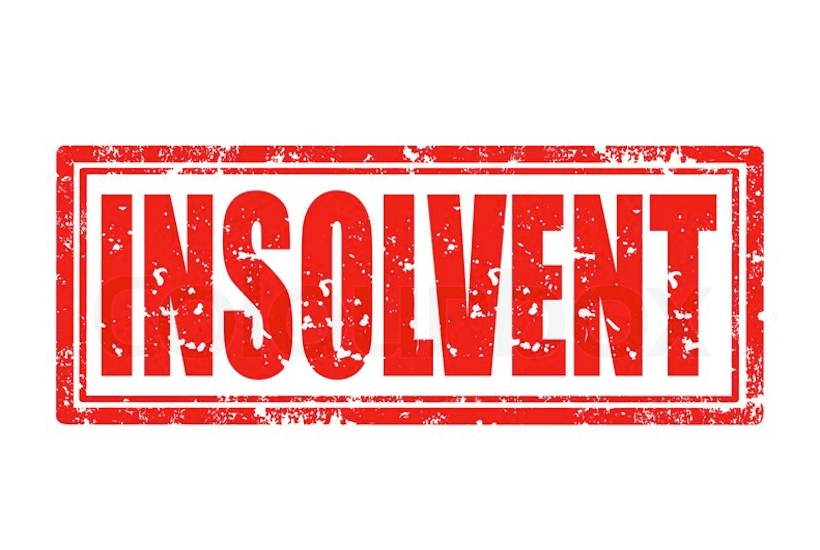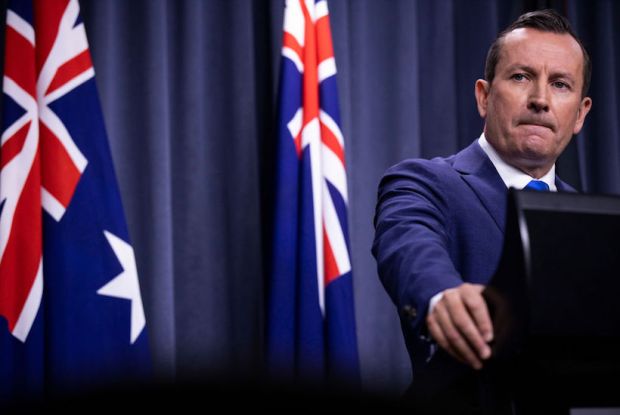On October 3, 2008, I sat on the end of a bed in a Dubai hotel watching the once credible CNN announce the US bank bailout. Two days later I arrived back in Australia to our dollar in free fall and with the daunting prospect of finding a job. I was a newly minted lawyer and the only law jobs going were in corporate insolvency. Cue my initiation into the world of corporate undertaking. And trust me, no one becomes an insolvency specialist because it’s cool to talk about at dinner parties – you do it so your skills are in demand regardless of the economic cycle.
Anyway, I spent the next three years mopping up distressed assets.
Fast forward 12 years and we are facing the next economic downturn or what insolvency lawyers like to call ‘our time to shine’. In late March, the government announced some temporary changes to insolvency laws aimed at keeping businesses mothballed during the shutdown. Despite the good intentions, my waters tell me that those measures will mostly just put off the inevitable, and potentially, do more harm than good.
Before we start, let’s get something clear: a company is ‘insolvent’ if it cannot pay its debts as and when they fall due and payable. It doesn’t matter if you have more assets than liabilities – you might have a boatload of accounts receivable sitting in your current assets column but if they are mostly at 90 days, you’ve actually got five-eighths of bugger all. The test for insolvency focuses on cashflow.
With me?
Under existing legislation, a creditor can issue a company with a statutory demand for payment of a debt of at least $2000 and that company is deemed to be insolvent if they don’t pay the amount within 21 days. Once deemed insolvent, the creditor can apply to the court to have that company wound up. The government’s temporary measures lift the threshold from $2000 to $20,000 and the payment period from 21 days to 6 months.
As a result, there has been a drop in insolvencies the last couple of months, but come October, when the first of these extensions is up and the notice period reverts back to 21 days, there will likely be a deluge. Like water off a cliff, actually. In any year there are a number of forced corporate insolvencies, however these, together with businesses suffering as a result of the economic downturn and government restrictions, is creating an artificially large bank of zombie companies. And while borders remain closed and the economy stifled, many companies won’t be able to generate sufficient revenue to trade out of their current illiquid positions. Put simply, short term economic conditions will not allow companies to save themselves from insolvency.
On the flipside, creditors are not being paid, and in this climate that can very easily impact the cashflow and solvency position of those other businesses. I referred above to accounts receivable at 90 days – well, if debtors are getting 6 months grace under statutory demands, then that’s an additional 180 days creditors can expect to wait for payment. In turn, it also means that creditors’ creditors will probably need to wait to get paid.
See the knock-on effect?
The next policy change to raise my demonstrative left eyebrow is the temporary relief from directors’ personal liability for trading while insolvent. The existing position is that a director breaches his duties to the company if he allows the company to trade while insolvent. This provision is designed to protect third parties by placing an onus on directors to put a company into voluntary administration if it is unable to pay its debts as and when they fall due.
Sound familiar?
Recent ‘safe harbour’ amendments give directors some breathing room in circumstances where they are developing strategies and taking steps to prevent the company from going insolvent. There are preconditions that have to be satisfied before a director can rely on those provisions, including the requirement that employee entitlements be paid on time. In my view, instead of giving directors a free pass on insolvent trading, it would’ve been preferable to allow directors to rely on safe harbour provisions without satisfying the preconditions, especially given that JobKeeper is concurrently in place to ensure a proportion of employee entitlements are met. At least the safe harbour provisions require directors to take positive action to improve the solvency position of the company. As it is, directors can just sit back and contemplate their navel knowing they won’t get pinged for insolvent trading.
Unsurprisingly, unintended consequences will likely flow once those insolvent companies finally enter into external administration. That is, the law empowers a liquidator to claw back certain types of transactions if they occur while the company is trading while insolvent. For example, an unfair preference occurs where a company pays a creditor, while the company is insolvent but before it enters into external administration, and the creditor receives more than it would’ve otherwise received as a dividend in a liquidation. The rationale is that by the payment occurring before the company goes into external administration, the creditor is unfairly preferred as against the other creditors. If an unfair preference does occur, the liquidator can obtain a Court order requiring the creditor to repay the money so that it can be redistributed pro rata amongst creditors in the liquidation. It’s a big risk for creditors who do take payment to protect their cashflow positions, all the while directors of debtor companies are given the green light to not pay their bills. The only silver lining on unfair preferences is that the law also applies as against the ATO – so if the ATO receives an unfair preference, they have to repay it to the liquidator.
It’s a singular small mercy.
Ultimately, every time a debt isn’t paid it impacts the ability of other players in the market to pay their bills and stay solvent. We need to disabuse ourselves of the notion that every business is supplied by businesses bigger than it – it creates the false illusion that those other ‘bigger’ businesses can carry trade creditors into perpetuity. And while the commentariat is busy talking about the end of JobKeeper being the nail in the coffin for the economy – in fact, it will be the flood of forced and voluntary insolvencies at the end of the year which will hit employment, economic output and confidence hard.
And given the lag in economic indicators, we may not see the extent of this damage until the beginning or middle of next year.
My advice: buckle up.
Caroline Di Russo is a lawyer, businesswomen and unrepentant nerd.
Got something to add? Join the discussion and comment below.
Got something to add? Join the discussion and comment below.
Get 10 issues for just $10
Subscribe to The Spectator Australia today for the next 10 magazine issues, plus full online access, for just $10.


























Comments
Don't miss out
Join the conversation with other Spectator Australia readers. Subscribe to leave a comment.
SUBSCRIBEAlready a subscriber? Log in